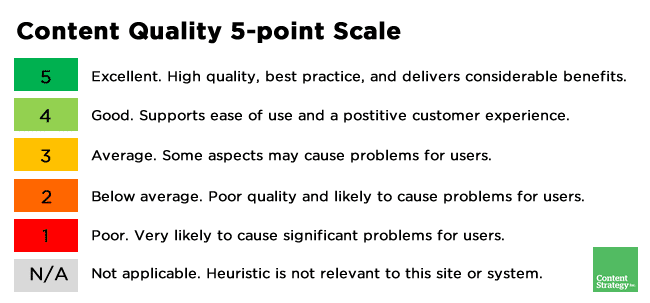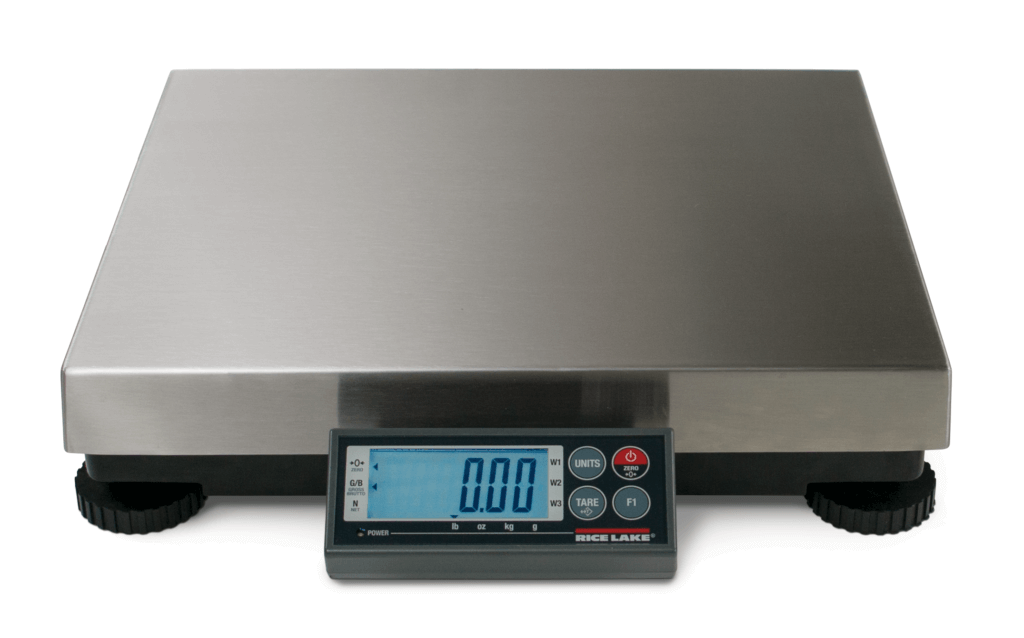

This is triggered with a Boolean argument to the scaleit function called isseg so named because when dealing with image-segmentations, we want to keep their integer class numbers and not get a result which is a float with a value between two classes. Here we have also provided the option for what kind of interpolation we want to perform: order = 0 means to just use the nearest-neighbour pixel intensity and order = 5 means to perform bspline interpolation with order 5 (taking into account many pixels around the target). Return (image, (int(offset), int(offset), 0), order=order, mode='nearest') def translateit(image, offset, isseg=False): To ensure we get integer-pixel shifts, we enforce type int too.

We hard-code z-direction to 0 but you’re welcome to change this if your use-case demands it. In our translation function below, the offset is given as a length 2 array defining the shift in the y and x directions respectively (dont forget index 0 is which horizontal row we’re at in python). We don’t really want to move images in the z direction for a couple of reasons: firstly, if it’s a 2D image, the third dimension will be the colour channel, if we move the image through this dimension the image will either become all red, all blue or all black if we move it -2, 2 or greater than these respectively second, in a full 3D image, the third dimension is often the smallest e.g. In our functions, image is a 2 or 3D array - if it’s a 3D array, we need to be careful about specifying our translation directions in the argument called offset. We’ll just be using simple functions from numpy and scipy. RGB Image shape= AugmentationsĪs usual, we are going to write our augmentation functions in python.

We could take one layer to make this grayscale and truly 2D, but most images we deal with will be color so let’s leave it. As this is an RGB (color) image it has shape, one layer for each colour channel. We will use an image from flickr user andy_emcee as an example of a 2D nautral image. In this post we’ll look at how to apply these transformations to an image, even in 3D and see how it affects the performance of a deep learning framework. Providing deep learning frameworks with images that are translated, rotated, scaling, intensified and flipped is what we mean when we talk about data augmentation. Traning a CNN without including translated and rotated versions of the image may cause the CNN to overfit and assume that all images of Androids have to be perfectly upright and centered. Consider rotating the image by even a single degree, or 5 degrees. Of course, translations are not the only way in which an image can change, but still visually be the same image. If we supplied this set of 10 images to a CNN, it would effectively be making it learn that it should be invariant to these kinds of translations. A CNN take these values into account when performing convolutions and deciding upon weights. Focusing on that point, each pixel has a different colour, different average surrounding intensity etc. Now consider the pixels in the images at or some arbitrary location. However, numerically, this may as well be a completely different image! Imagine taking a stack of 10 of these images, each shifted by a single pixel compared to the previous one. If we take any image, like our little Android below, and we shift all of the data in the image to the right by a single pixel, you may struggle to see any difference visually. In this post, we will learn how to apply data augmentation strategies to n-Dimensional images get the most of our limited number of examples. However, this is not always possible especially in situations where the training data is hard to collect e.g. To be good at classification tasks, we need to show our CNNs etc. One of the greatest limiting factors for training effective deep learning frameworks is the availability, quality and organisation of the training data.


 0 kommentar(er)
0 kommentar(er)
